Installing a roof that lasts: The importance of ventilation
April 18, 2025 at 9:00 a.m.By EagleView.
Understanding how to accurately calculate a home’s Net Free Area (NFA) ensures that you install a proper ventilation system.
Installing a roof is about more than just what is happening on the top of the building, it is also important to be aware of what is happening beneath the roof in attic spaces. Creating a proper attic ventilation system is crucial for preventing moisture buildup, regulating the home’s temperature and generally creating a durable roofing system.
Overlooking this important factor can create a variety of issues, including curling shingles, moisture stains and even mold. This all occurs because lack of ventilation traps air, heat and moisture, leading to premature damage/wear and even warranty issues. But this can all be avoided by understanding and properly calculating a home’s Net Free Area (NFA). This is a measurement that helps determine the effectiveness of ventilation system in an attic space. Keep reading to learn from the masters of measurement, EagleView, about calculating NFA properly to ensure the roofs you install will last.

What is Net Free Area (NFA)?
Net Free Area (NFA), also called Net Free Ventilation (NFV), refers to the open space in a vent that allows air to flow freely. This measurement is essential for comparing different vent types and sizes, ensuring that attic spaces receive proper airflow. Without sufficient NFA, attic spaces can experience excessive heat buildup in summer and moisture retention in winter, leading to mold, structural damage and reduced energy efficiency — issues that roofers must mitigate to maintain a roof’s longevity.
How is NFA used by roofers?
Understanding and applying NFA calculations can help roofers:
- Determine how much airflow an attic needs.
- Calculate the required number of vents to ensure sufficient ventilation.
- Balance air intake and exhaust for optimal circulation.
- Reduce issues related to overheating and moisture buildup that can compromise the roof structure.
By ensuring proper ventilation, roofers can provide more durable installations, minimize warranty claims and enhance customer satisfaction with long-lasting roofing solutions.
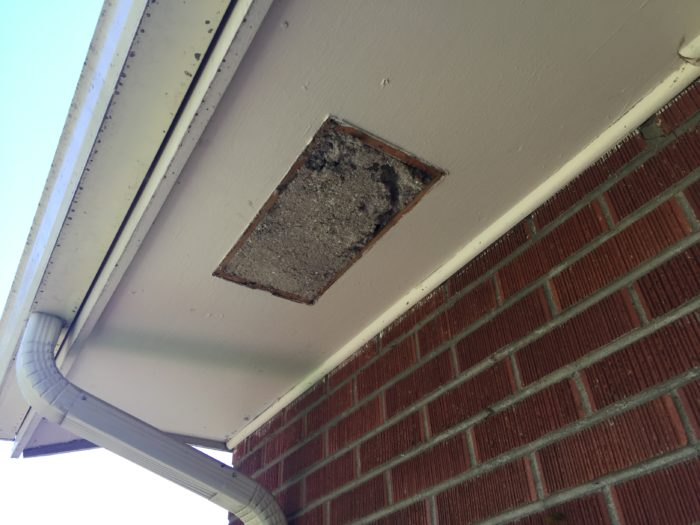
How is NFA calculated?
To calculate the total net free area for a roof:
- Apply appropriate ratios to the dimensions of each vent, considering any obstructions such as screens or louvers.
- Add the NFA values of all vents together to determine the total available ventilation.
A general guideline from the U.S. Federal Housing Authority recommends 1 square foot of attic ventilation (evenly split between intake and exhaust) for every 300 square feet of attic floor space. Additionally, the NFA of soffits should be equal to or greater than that of the ridge vent to ensure balanced airflow.
What factors affect NFA?
Several factors can impact the efficiency of a vent’s NFA:
- Baffles, mesh and screens: These can restrict airflow and reduce the effective NFA.
- Vent size and design: The size and placement of passive vents, along with the type of screening used, can affect overall airflow.
- Obstructions: Blocking debris or insulation can diminish the airflow and effectiveness of a vent.
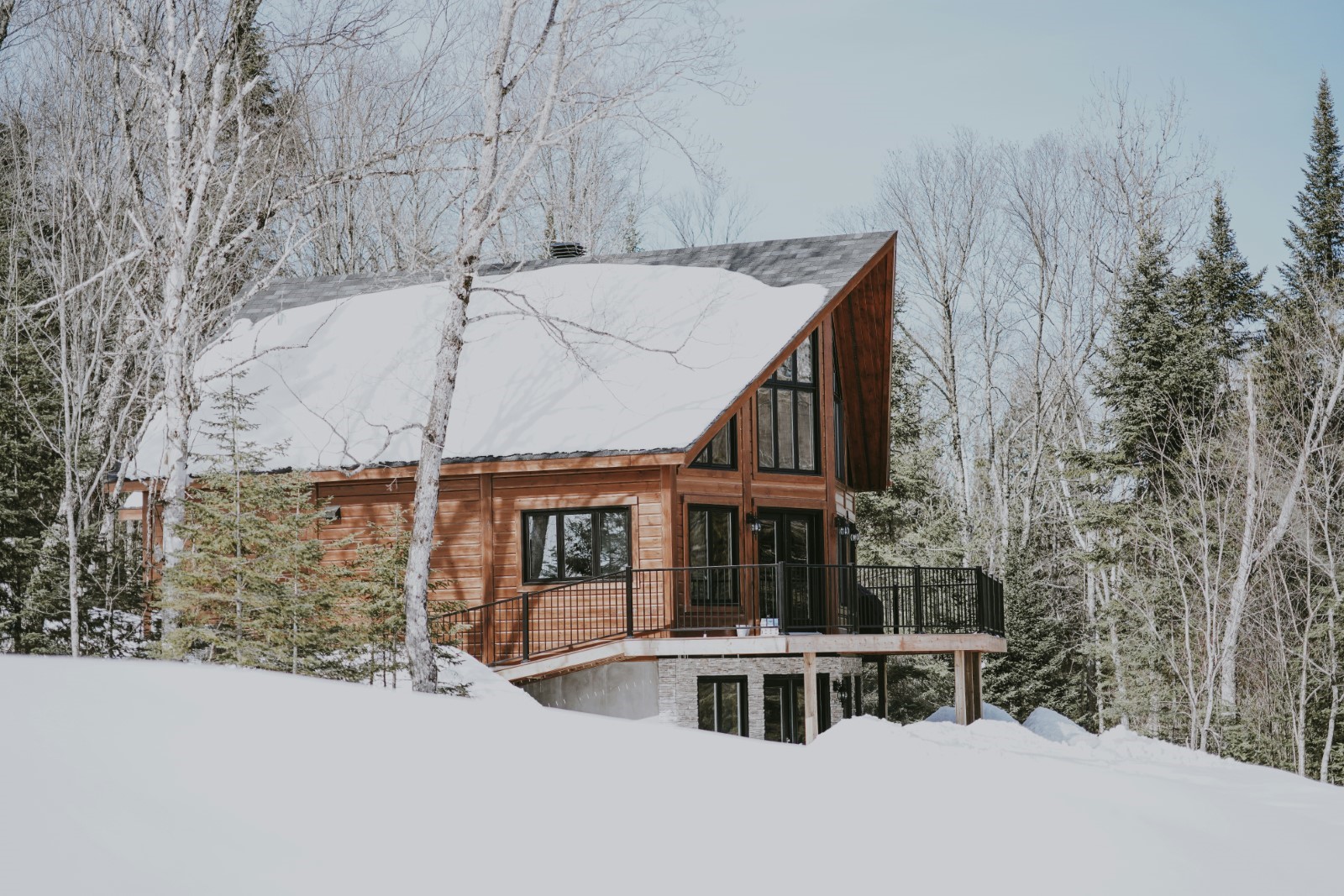
Why is NFA important for roofers?
For roofers, ensuring proper NFA is not just about ventilation — it’s about fortifying the integrity of the entire roofing system. Poor ventilation can lead to excessive heat buildup, which accelerates shingle deterioration and reduces the lifespan of the roof. Additionally, moisture-like snow-trapped in the attic can cause structural damage, leading to costly repairs. During a snowstorm, the last thing homeowners want to worry about is moisture seeping into their attic through roof vents.
By properly assessing and implementing NFA calculations, roofers can provide better quality installations, reduce callbacks and warranty claims and improve customer satisfaction.
Deliver accurate NFA calculations with EagleView Premium Roof Reports
At EagleView, we understand the importance of precise measurements in every roofing project. Our Premium Roof Reports provide highly detailed and accurate data, including NFA calculations, allowing roofers to make informed ventilation decisions with confidence. With EagleView’s reports, roofers can:
- Plan and implement ventilation systems with precision.
- Ensure optimal airflow to extend the life of roofing materials.
- Access user-friendly tools that streamline NFA calculations, saving time on estimates and installation planning.
By leveraging our Premium Roof Reports, roofers gain access to the most reliable measurement technology available, helping them optimize attic ventilation, enhance roof durability and deliver exceptional results to homeowners. At EagleView, we are committed to equipping roofing professionals with the insights they need to build stronger, longer-lasting roofs.
Trust EagleView for the accurate data and advanced tools you need to elevate your roofing projects.
- Accurate ventilation planning: Prevents moisture buildup, ice dams and overheating.
- Streamlined bidding and estimates: Accurate NFA data reduces miscalculations and material waste.
- Compliance and code adherence: Accounts for building ventilation requirements effortlessly.
- Improved customer communication: Justifies ventilation recommendations with precise data.
- Reduced callbacks and warranty issues: Extends roof life and prevents costly issues.
- Time savings: Eliminates manual measurements and calculations.
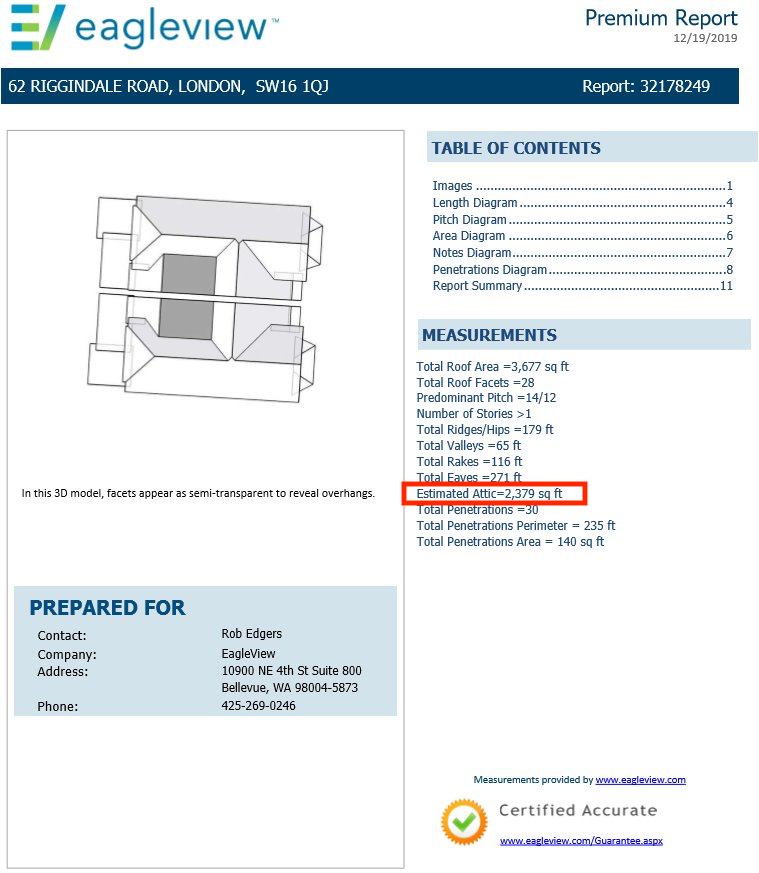
Learn more about EagleView Premium Roof Reports, which include sample reports.
Original article and photo source: EagleView
Learn more about EagleView Assess in their Coffee Shop directory or visit www.eagleview.com.













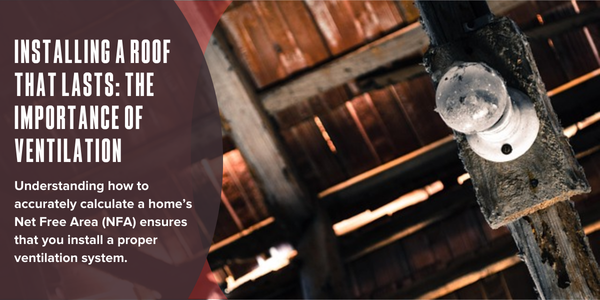


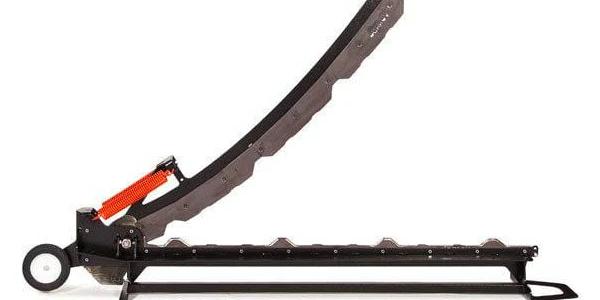







Comments
Leave a Reply
Have an account? Login to leave a comment!
Sign In